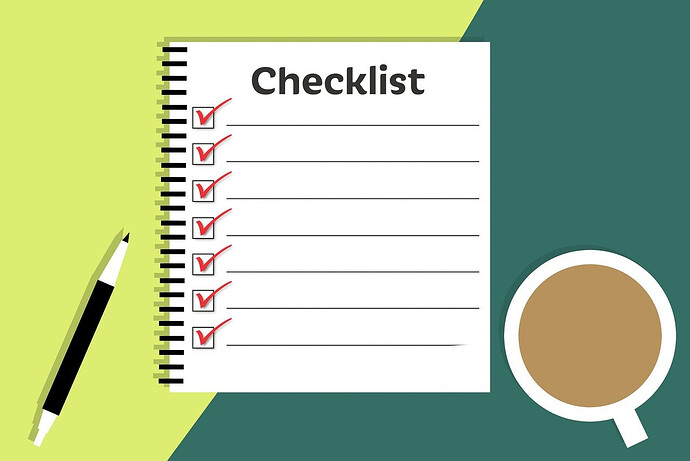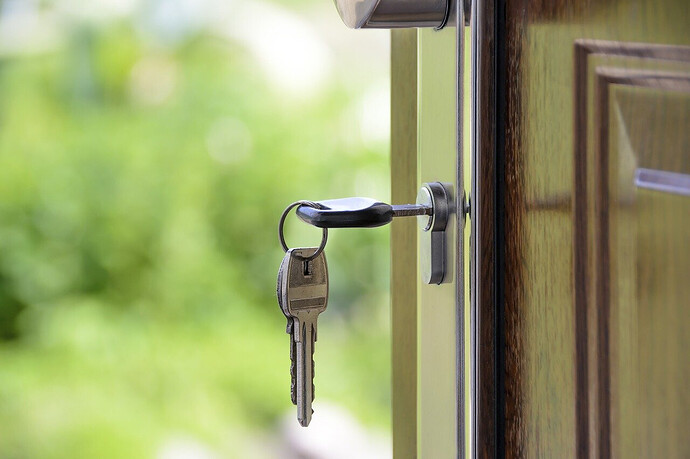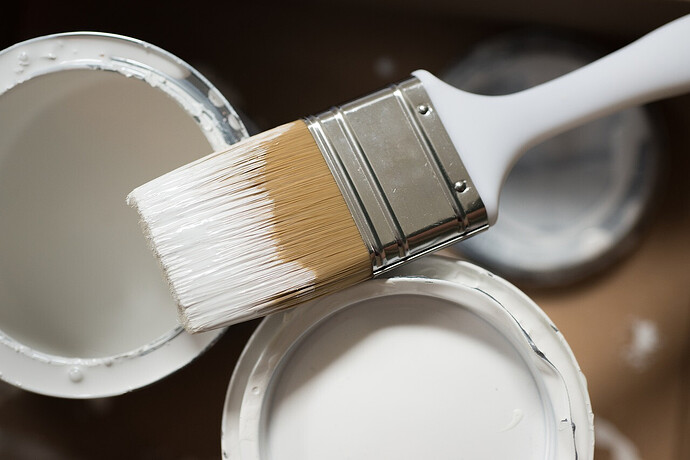It’s part of the role of a landlord - tenancies will finish, and tenants will move on. But at the same time new ones will begin with fresh tenants. But being prepared for things as they happen is half the battle.
Before the tenancy ends
Pre-checkout inspection
If you have a good working relationship with your tenant, it’s worth booking in an inspection with them prior to the end of their tenancy. This could be done around 3-4 weeks before the tenancy comes to an end.
This gives both you and them an opportunity to assess the situation. If there’s anything that needs to be put right, the tenant can do so. If there’s anything major that you need to put right, this gives you the opportunity to line up contractors to put things right, minimising the time the property is out of action.
The end of the tenancy
At the end of the tenancy, there are a few things to put in order, to keep everyone happy.
Tenant check out
Naturally, at this point you’ll be collecting the keys for the property. It’s a good idea to take meter readings at the same time.
You should also take this opportunity to explain to your tenants when their deposit will be returned, what the next steps will be, and so on.
Inventory
You’ll need to complete another inventory at this point, documenting the same sort of thing. This can be done at the same time as a property inspection, and if you’re comfortable with it, with the tenant present.
Of course, you can also hire an agency to carry this out on your behalf, which does give you the added benefit of it being impartial too, which may be an important point later on.
If the tenant is there, it’s worth asking them to sign a copy so everyone is in agreement on the state of things. However, as the tenant is leaving, they may not wish to do this.
All these points come into play with the refund of the deposit, especially if there’s a dispute (we’ll cover this below).
Balance check
Now is the time to do a final check of the balance of the rent. It could be that the tenant has paid in full (great!), or a payment could have been missed. It may even be, especially with the current economic climate, that you agreed a temporary reduction and just need to make sure this is accounted for.
If there’s anything owed, you may be able to claim this from their deposit, or the tenant may wish to pay it. Resolving this, or at least knowing how to progress, before moving on to the deposit refund, is an important part.
Tools like Reoli can help you track what’s owed and what’s outstanding, even help with the rent collection. But using a package such as Reoli can help speed up the process here.
Return their deposit
It’s time to return the tenant’s deposit. This would usually be held by a deposit protection scheme such as TDS.
Submit all the details to the deposit scheme as needed. In most cases the process with this tenant will end there. If you need to claim for anything, there may be a bit more to do. It’s acceptable to claim for any rent arrears or property damage from the tenant’s deposit, but you may need to provide evidence to the deposit scheme to claim it. This is where the inventory and payment reports can help.
If the tenant disagrees with your claim (for example, the damage was there when they arrived), they can dispute it. The claim could go to the scheme’s Alternative Dispute Resolution (ADR) where you, and the tenant, can submit any evidence.
From here, an independent arbiter will make the final decision.
Preparing the property for new tenants
Of course, the process of renting starts again - preparing for new tenants.
Inspect the property
The inventory will only cover so much about the property, so this is a good time to check everything is in working order and ready for your next tenants.
Consider checking things outside the scope of the inventory, such as the décor - does it need modernising; or things like the toilet - does it flush all OK; do all the lights and appliances work OK?
Resolving these little things now should help reduce any issues later on.
Repairs & Maintenance
Finally, following your review of the property, start getting quotes and booking in work for jobs that need to be done. It’s likely these things will be easier while the property is empty.
Also consider looking at any certificates, such as gas safety. Again, now may be the perfect time to tick these things off the list to avoid inconvenience to your new tenants.


